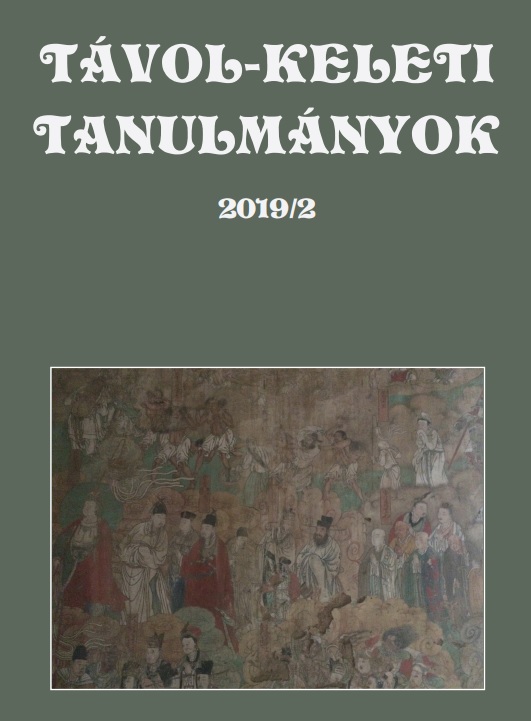Az irodalmi többnyelvűség stilisztikai megjelenése Domonkos István: Kormányeltörésben és Tawada Yōko: A követ című műveiben
Stylistic appearance of literary multilingualism in István Domonkos’s Rudderless (Kormányeltörésben) and Yōko Tawada’s The Emissary (献灯使, Kentōshi)
Author(s): Julianna Nikolett TóthSubject(s): Hungarian Literature, Other Language Literature
Published by: Eötvös Loránd Tudományegyetem
Keywords: Yōko Tawada; multilingualism; István Domonkos; exophony; multilingualism in literature; hybridity
Summary/Abstract: Multilingualism in literature is a well-known and extensively studied phenomenon. Due to the effects of globalization, however, a new complex form of multilingualism has emerged among writers, which can be studied as a linguistically and culturally hybrid literary form. This linguistic hybridity is called exophony. This paper aims to conduct deeper research into this fairly new literary expression and its usage in contemporary literary criticism. First, we examine the etymology, meaning, and usage of exophony, then we analyze its effects on poetic language. The second part of this paper provides some concrete example of exophony as a stylistic device in Yōko Tawada’s The Emissary (献灯使, Kentōshi) and István Domonkos’s Rudderless (Kormányeltörésben). The study finds that – although Japanese and Hungarian have different writing and linguistic systems, and have very few common points in their literary traditions, – exophony shows more or less the same characteristics in both works. This finding provides additional ways to use exophony as a concept in literary discourses.
Journal: Távol-keleti Tanulmányok
- Issue Year: 11/2019
- Issue No: 2
- Page Range: 153-187
- Page Count: 35
- Language: Hungarian

